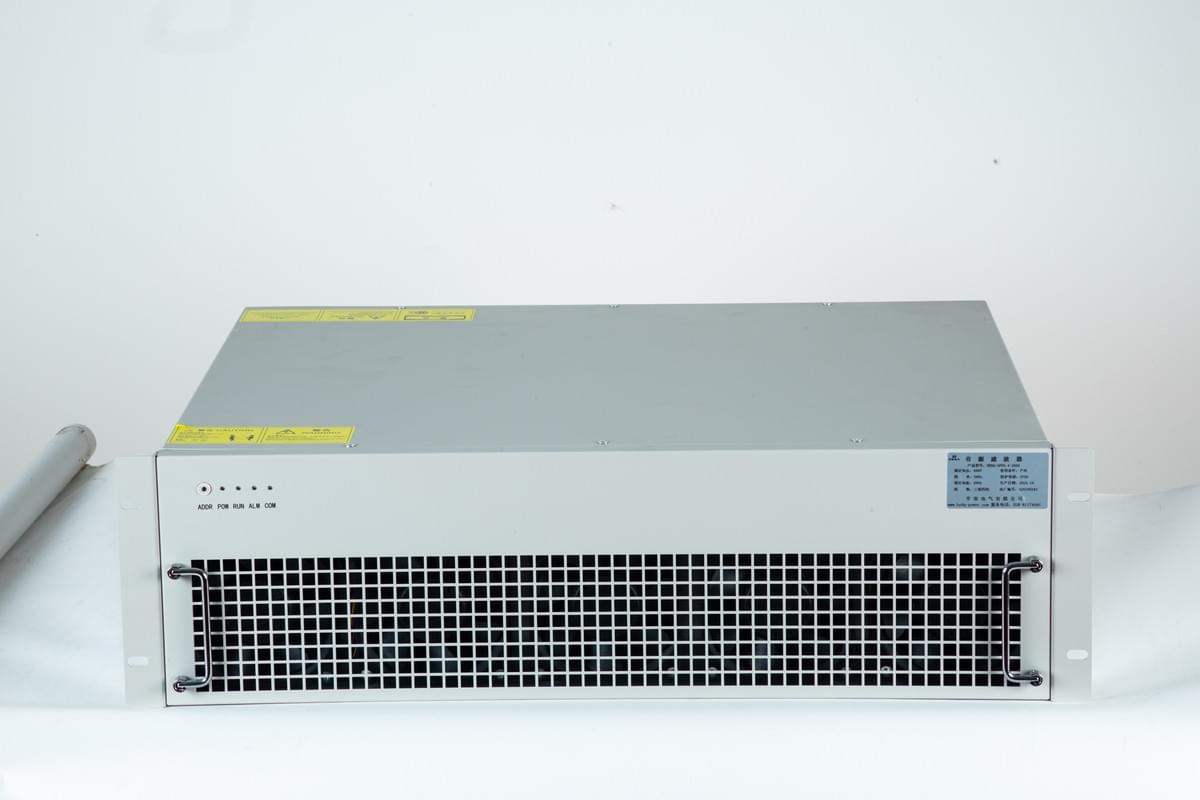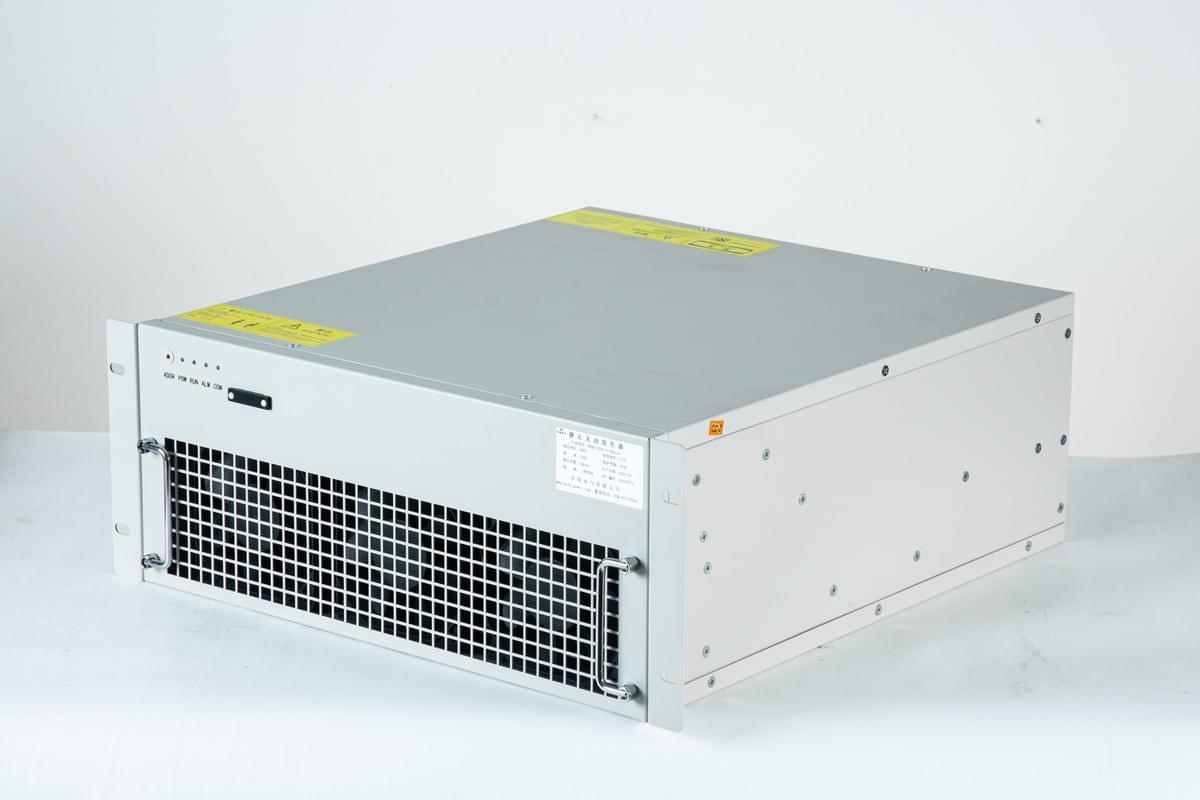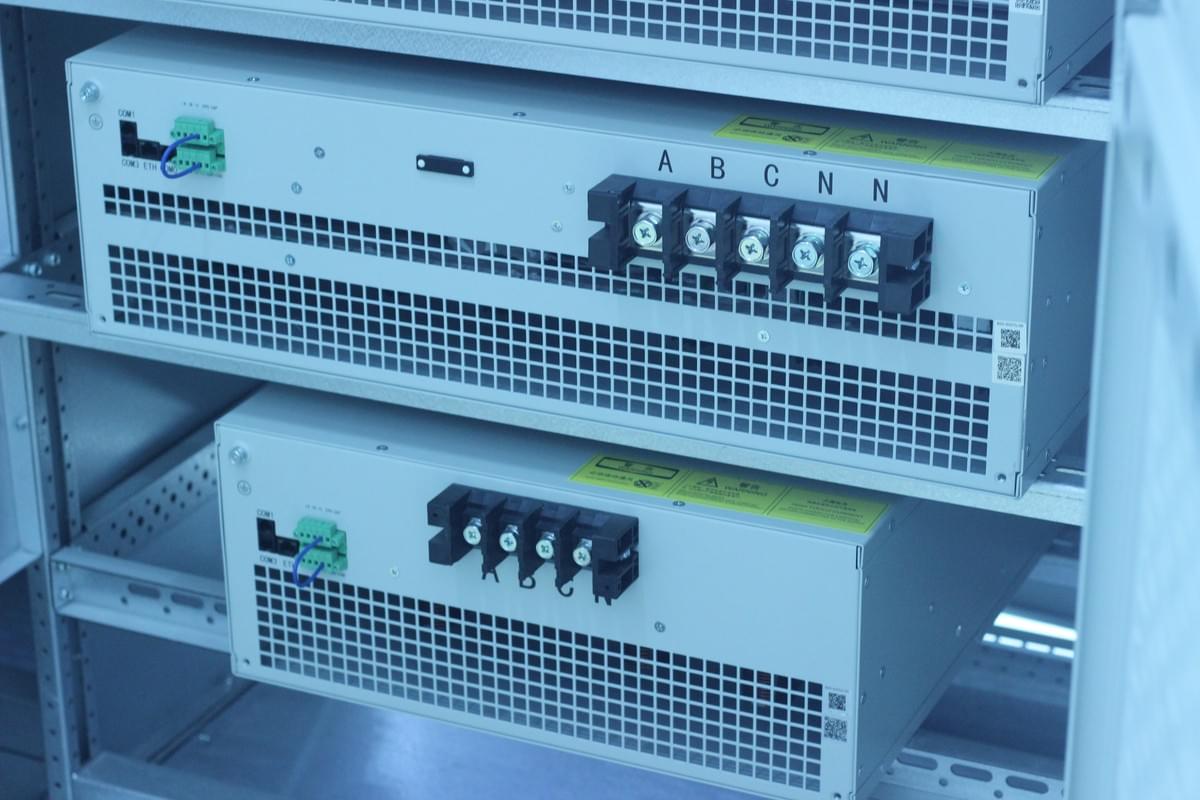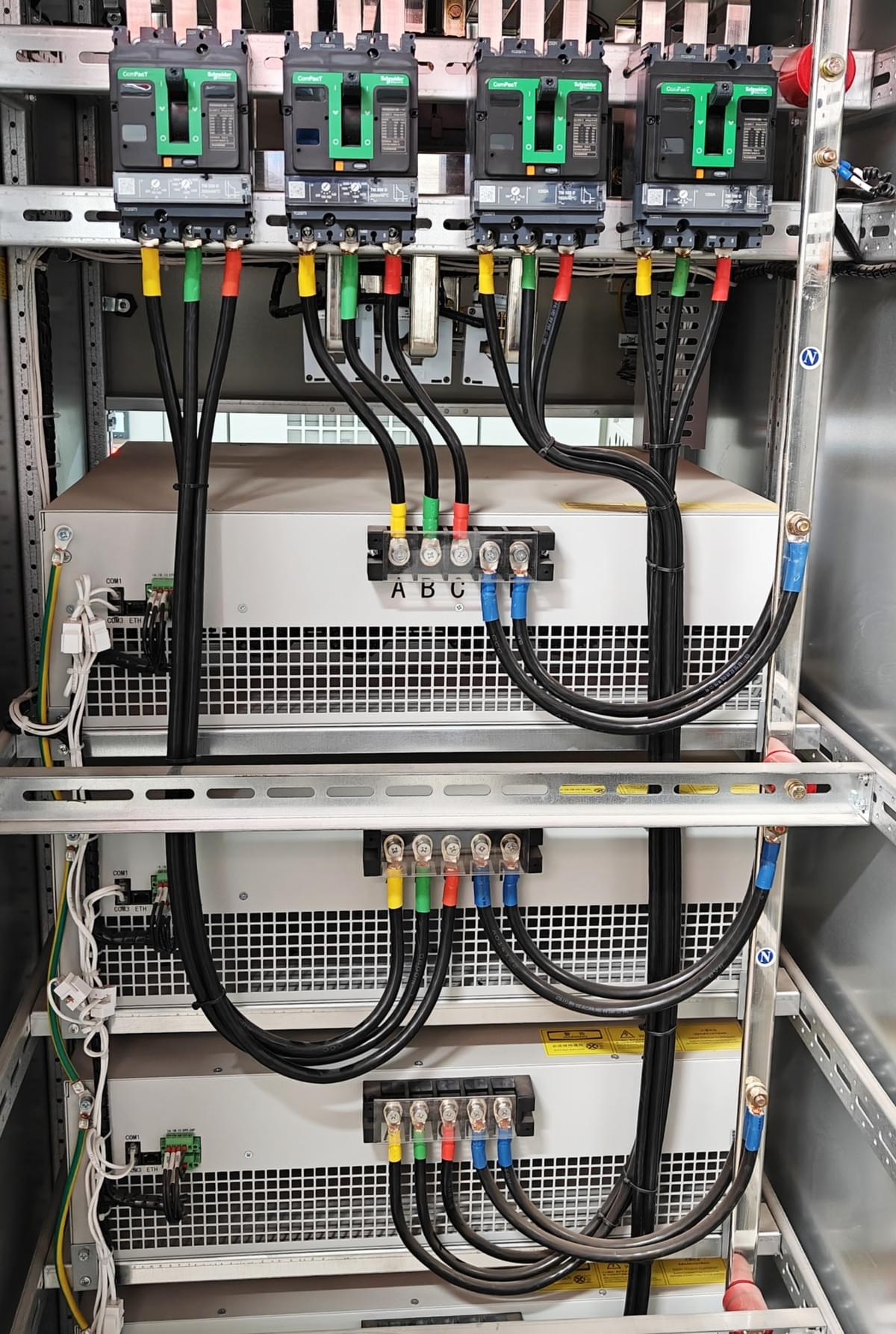In industrial production and commercial electricity consumption scenarios, the widespread use of nonlinear loads such as frequency converters and rectifier equipment has led to a surge in grid harmonic content and a decline in power quality. Harmonics not only increase line losses and shorten equipment lifespan but also may trigger misoperations of relay protection systems, bringing high maintenance costs and safety hazards to enterprises. As the core device for modern harmonic mitigation, APF (Active Power Filter) is the preferred solution for these issues, thanks to its flexible adaptability and precise filtering capabilities. This article provides enterprises with a practical guide for APF (Active Power Filter) selection and application from the dimensions of harmonic detection, APF (Active Power Filter) selection basis, APF (Active Power Filter) working principle, and APF (Active Power Filter) practical application effects, helping to efficiently solve harmonic problems.

I. Prominent Harmonic Problems: Why Must We Choose APF (Active Power Filter)?
Before analyzing APF (Active Power Filter) selection, it is necessary to first clarify the hazards of harmonics and the limitations of traditional management methods to understand the irreplaceability of APF (Active Power Filter).
1. Core Hazards of Harmonics: Comprehensive Impacts from Equipment to Costs
In industrial scenarios, nonlinear loads such as frequency converters and rectifiers generate odd harmonics mainly of the 5th and 7th orders (expanded by the Fourier series, harmonic orders are 6k±1, where k is a positive integer). Taking a workshop as an example, the total harmonic distortion (THD) of its three-phase current is as high as 27.8%-30.9%, far exceeding the standard requirements of Power Quality - Public Grid Harmonics (GB/T14549-93), causing multiple problems:
- Equipment Damage: Harmonic currents intensify the heating of motors and transformers, shortening insulation lifespan. A pharmaceutical enterprise once saw a 30% increase in frequency converter failure rate due to harmonic problems;
- Increased Energy Consumption: Harmonics increase line losses by 15%-20%. For a workshop with an average monthly electricity consumption of 100,000 kWh, the annual additional electricity cost exceeds 10,000 RMB;
- Safety Hazards: Harmonics may interfere with relay protection systems, causing switch mis-tripping and affecting production continuity.
2. Limitations of Traditional Filtering Methods: APF (Active Power Filter) Becomes an Inevitable Choice
Current harmonic management mainly includes two methods: "passive filtering" and "APF active filtering". In comparison, passive filters have obvious shortcomings and are difficult to meet the needs of complex working conditions:
- Poor Adaptability: The filtering characteristics of passive filters depend on grid parameters. When the workshop load rate changes (e.g., the load rate increases from 50% to 100% due to production task adjustments), the grid harmonic impedance changes, and the filtering effect decreases significantly;
- Prone to Overcompensation and Resonance: Passive filters are capacitive. If the workshop has already installed reactive power compensation devices (e.g., scenarios with a power factor of 0.92), overlapping use will lead to reactive overcompensation, increasing grid voltage and threatening equipment safety; moreover, they can only filter out specific orders of harmonics, which may amplify other orders of harmonics and even trigger resonance accidents;
- Narrow Coverage Range: They cannot handle multiple orders of harmonics, such as the 3rd, 5th, 7th, and 9th orders simultaneously. However, harmonic components in industrial scenarios are complex, and a single passive filtering solution is difficult to completely solve the problem.
In contrast, APF (Active Power Filter) can real-time detect harmonic currents, dynamically generate reverse compensation currents, and accurately offset multiple orders of harmonics, perfectly solving the above pain points and becoming the mainstream choice for industrial harmonic management.
II. Key Preparations Before APF (Active Power Filter) Selection: Harmonic Detection and Data Calculation
The premise of scientific APF (Active Power Filter) selection is to accurately grasp grid harmonic data. The core work includes two tasks: "harmonic current measurement" and "total harmonic distortion calculation", providing an accurate basis for APF (Active Power Filter) selection.
1. Harmonic Detection: Clarifying the Management Target of APF (Active Power Filter)
Harmonic detection should focus on key parameters on the load side. Taking the 10kV incoming line system of a workshop as an example (equipped with reactive power compensation devices, power factor 0.92), the detection plan and data are as follows:
- Detection Object: For harmonic sources such as frequency converters and rectifier equipment, collect fundamental wave and various harmonic data of three-phase current (focusing on high-content harmonics such as the 3rd, 5th, and 7th orders);
- Core Data: The detection results show that the fundamental current of Phase A is 510.59A, the 5th harmonic is 116.81A, the 7th harmonic is 74.98A, the total harmonic content of current is 142.13A, and the total harmonic distortion is 27.8%; the total harmonic distortion of Phase C is the highest, reaching 30.9%, and harmonics are mainly of the 5th and 7th orders. This provides a direct basis for the filtering capacity selection of the APF (Active Power Filter).
2. Data Conversion: Matching the Actual Management Needs of APF (Active Power Filter)
Detection is usually carried out during the equipment commissioning phase, when the load is not fully put into operation (e.g., the load rate of the workshop during testing is only 54%). It is necessary to convert the harmonic content to that under 100% load rate to avoid insufficient capacity of the APF (Active Power Filter):
- Conversion Formula: Harmonic content under 100% load rate = Harmonic content during detection ÷ Test load rate;
- Example Calculation: The maximum harmonic content of the workshop during detection is 142.30A (Phase B), so the harmonic content under 100% load rate is 142.30A ÷ 0.54 ≈ 263.52A;
- Margin Consideration: Combined with load fluctuations (e.g., the load rate may temporarily exceed 100% during the peak production season), the total management capacity of APF (Active Power Filter) should be slightly higher than the converted value to ensure the filtering effect under all working conditions.

III. Working Principle of APF (Active Power Filter): Why Can It Accurately Manage Harmonics?
Understanding the working logic of APF (Active Power Filter) helps enterprises more clearly judge its adaptability. The most widely used in current industrial scenarios is the shunt APF (Active Power Filter), whose core principle is the closed-loop control of "detection-compensation-offset".
1. Core Workflow: Real-Time Dynamic Compensation of APF (Active Power Filter)
- Harmonic Detection: APF (Active Power Filter) collects current on the load side through current sensors, and separates fundamental current and harmonic current (I_Lh) using algorithms such as the instantaneous reactive power theory;
- Compensation Current Generation: The inverter inside the APF (Active Power Filter) generates a real-time compensation current (I_ch) with equal magnitude and opposite direction to the detected harmonic current;
- Harmonic Offset: After the compensation current is injected into the grid, it offsets with the load harmonic current, so that only the fundamental current remains on the grid side (I_sh = I_Lh - I_ch ≈ 0), realizing harmonic filtering.
Taking the workshop as an example, after the APF (Active Power Filter) is put into operation, it can compensate for multiple orders of harmonics, such as the 3rd, 5th, 7th, and 9th orders simultaneously, without the need to configure separately for different harmonics like passive filters, greatly improving management efficiency.
2. Equivalent Circuit and Key Indicators: Measuring the Performance of APF (Active Power Filter)
From the perspective of an equivalent circuit, APF (Active Power Filter) is equivalent to a controllable "harmonic current source". By accurately controlling the output current, it always maintains reverse balance with the load harmonic current. Its core performance indicators include:
- Response Time: High-quality APF (Active Power Filter) has a response time of ≤100μs, which can quickly track harmonic changes and adapt to load fluctuations;
- Filtering Accuracy: The filtering rate for the 5th and 7th harmonics can reach more than 95%, and the total harmonic distortion rate can be reduced from 30% to below 5%, meeting national standard requirements;
- Expansion Capacity: It supports parallel operation of multiple APF (Active Power Filter) units, flexibly matching the harmonic management needs of different scales. For example, the workshop realizes larger capacity compensation through the combination of two APF (Active Power Filter) units.
IV. APF (Active Power Filter) Selection Practice: Full Process from Capacity to Installation
The selection of APF (Active Power Filter) needs to consider factors such as harmonic data, load characteristics, and installation environment to ensure "accurate matching and efficient management". The specific steps are as follows:
1. Capacity Selection: Determining the Core Parameters of APF (Active Power Filter)
- Basic Capacity Calculation: Based on the total harmonic content under 100% load rate, combined with a margin of 10%-20%, determine the total management capacity of APF (Active Power Filter). For example, the harmonic content of the workshop under 100% load rate is about 263.52A. After reserving a 14% margin, 263.52A × 1.14 ≈ 300A is required. Therefore, two 150A APF (Active Power Filter) units are selected in parallel, with a total management capacity of 300A, fully covering the demand;
- Single Unit Capacity Selection: Prioritize modular APF (Active Power Filter) units (e.g., single unit capacities of 100A, 150A, 200A) for easy later expansion. If the workshop plans to add frequency converters in the future, the number of APF (Active Power Filter) units can be directly increased without replacing the entire set of equipment.
2. Installation Location: Ensuring Optimal Matching Between APF (Active Power Filter) and Load
The installation location of APF (Active Power Filter) directly affects the filtering effect, and the principle of "being close to the harmonic source" should be followed. Taking the workshop as an example:
- Installation Plan: Install the APF (Active Power Filter) in parallel on the load-side bus (near the distribution box of frequency converters and rectifier equipment) instead of the 10kV incoming line end;
- Advantages: It can directly offset the harmonics generated by the load, avoid harmonic transmission in the internal lines of the workshop, and reduce line losses. At the same time, the APF (Active Power Filter) does not interfere with the existing reactive power compensation devices, eliminating the need to worry about reactive overcompensation.
3. Additional Functions: Improving the Practicality and Safety of APF (Active Power Filter)
When selecting, attention should also be paid to the additional functions of APF (Active Power Filter) to meet the complex needs of industrial scenarios:
- Communication Function: Supports RS485 or Ethernet communication, which can be connected to the workshop monitoring system to real-time view the operating status of APF (Active Power Filter) (such as compensation current, harmonic filtering rate);
- Protection Function: Equipped with overcurrent, overvoltage, and overheating protection. When the grid voltage is abnormal or the APF (Active Power Filter) fails, it automatically shuts down to avoid equipment damage;
- Adaptive Adjustment: It can automatically adjust the compensation capacity according to load changes. For example, when some equipment in the workshop is shut down, the APF (Active Power Filter) reduces the compensation current to lower its own energy consumption.

V. Application Effects of APF (Active Power Filter): Data Witnesses the Improvement of Power Quality
After installing two 150A APF (Active Power Filter) units in the workshop, the harmonic management effect is significant through actual measurement and verification, bringing multiple benefits to the enterprise:
1. Power Quality Compliance: Core Value Embodiment of APF (Active Power Filter)
The APF (Active Power Filter) has a filtering rate of more than 95% for harmonics such as the 3rd, 5th, 7th, and 9th orders. The total harmonic distortion rate of three-phase current is reduced from 27.8%-30.9% to below 5%, fully complying with the requirements of Power Quality - Public Grid Harmonics, and the grid operation is more stable.
2. Reduction of Energy Consumption and Costs: Economic Benefits of APF (Active Power Filter)
- Reduced Line Losses: After harmonics are eliminated, line losses are reduced by about 18%. For a workshop with an average monthly electricity consumption of 100,000 kWh, the annual electricity cost savings exceed 15,000 RMB;
- Extended Equipment Lifespan: The heating of motors, transformers, and other equipment is reduced, the failure rate is decreased by 30%, the maintenance cost is lowered, and the equipment replacement cycle is extended from 5 years to 7 years;
- Improved Production Efficiency: Misoperations of relay protection systems caused by harmonics are avoided, production continuity is improved, and the annual loss caused by shutdowns is reduced by more than 100,000 RMB.
Conclusion: APF (Active Power Filter) - The Preferred Solution for Enterprise Power Quality Optimization
With the increasing number of nonlinear loads, harmonic problems have become an important factor restricting enterprises' cost reduction and efficiency improvement. APF (Active Power Filter) provides an efficient solution for industrial harmonic management with its advantages of precise filtering, flexible adaptation, and safety reliability. Through scientific harmonic detection, reasonable capacity selection of APF (Active Power Filter), and optimized installation and deployment, APF (Active Power Filter) can not only help enterprises meet power quality standards but also reduce energy consumption, extend equipment lifespan, and achieve dual improvement of economic and safety benefits.

If your enterprise is facing harmonic troubles, please leave a message to inform us of the workshop load type (such as frequency converter power, number of rectifier equipment), current harmonic distortion rate, and other parameters. A customized APF (Active Power Filter) selection and harmonic mitigation solution will be provided by Hengrong Electric CO., LTD. to help your enterprise build a more efficient and stable electricity consumption environment!
